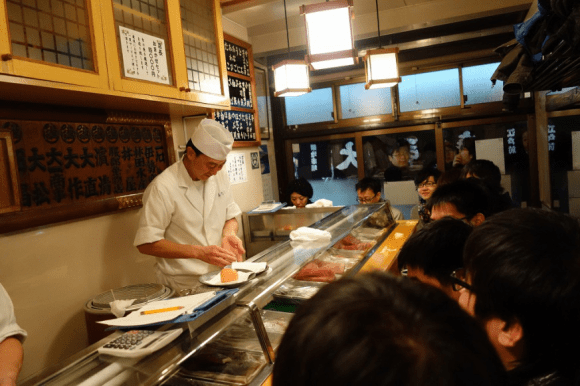
A portion of Tokyo’s world-famous Tsukiji Fish Market is expected to move to the Toyosu neighborhood in 2016. While part of the retail market and many restaurants will be sticking around, the upcoming relocation of the wholesale operations makes 2015 the last full year to enjoy Tsukiji as the absolute center of the sushi world.
In other words, if you’re looking to make a trip to the area to see it at its peak, now’s the time. And while there’s always something to be said for discovering a largely unknown restaurant with delicious food, on our Japanese-language correspondent Nakano’s visit to Tsukiji, he decided to dine at what travelers have voted the best sushi restaurant in Japan, Sushi Dai.
If you frequent travel website Trip Advisor, you might have heard of Sushi Dai before. In 2014, users picked it as the number-three restaurant in all of Japan, ahead of any other sushi establishment. It also topped the site’s poll for the same year of restaurants travelers were hoping to eat at when visiting the country.
Figuring the international travel community must be on to something, Nakano decided to experience Sushi Dai for himself. Since the freshest sushi comes in during the morning, he got up before sunrise on a Friday morning and made his way to Tsukiji.
Despite arriving at 5:30am, Nakano wasn’t the first hungry visitor. As a matter of fact, there was already a line of customers standing outside and waiting for a seat inside the tight quarters of the restaurant’s dining space.
Still, you can find a line in front of just about any reasonably well-known restaurant in Japan. If anything, with all the hype about Dai being the place for sushi, Nakano had actually been expecting more people…
…which is just what he found when he noticed the line actually stretched around the far corner of the approach to the restaurant.
While Trip Advisor has a Japanese website, it’s most popular overseas, which explains why more than 70 percent of the 50-strong line was made up of international travelers. With English, Chinese, and Spanish filling his ears, Nakano took up his spot at the back of the line.
One hour later, he hadn’t moved even a single step forward.
Then, finally, there was some movement. Still, standing outside in the cold of a January morning was making Nakano wonder if he was going to die of hypothermia before ever getting to taste Sushi Dai’s wares. Thankfully, while his empty stomach was producing such morbid thoughts, a woman came out from the restaurant with cups of steaming-hot green tea for those waiting in line.
▼ While sipping his tea, Nakano still had plenty of time to appreciate the calligraphy of the Sushi Dai sign.
Thankfully, Nakano’s wait didn’t end up being as long as many of the others in line. Since he was dining alone and Sushi Dai only has counter seating, he got to skip ahead of the parties with multiple diners, and after two hours, he was finally ushered inside.
▼ In keeping with its popularity with foreign visitors, Sushi Dai has an English menu.
Customers can choose from a 2,600-yen (US$22) nigiri set, or a more expensive 4,000-yen course which includes sushi rolls as well. Since he’d come this far, Nakano decided to splurge on the pricier option, which kicked off with a piece of otoro (extra fatty tuna).
Otoro is one of the most decadent types of sushi, so Nakano figured he was in for a treat. He popped the morsel into his mouth, and it was beyond even what he’d expected in buttery goodness.
Nakano’s gourmet breakfast was just getting started, though. Next up was kinmedai (sea bream), with its red hue stimulating our writer’s appetite.
Midwinter is held to be the best season for buri (yellowtail), since the fish fattening up against the cold imparts a richer flavor.
Don’t let the name scare you. Horse mackerel, or aji in Japanese, is actually a fish, and a tasty one at that.
Like otoro, uni (sea urchin) is another premium sushi variety.
While it often plays second fiddle to the world-class fish Tsukiji has to offer, eggs are another specialty of the market.
▼ Hirame (flounder)
▼ Akagai (ark shell)
The chef placed piece after piece of mouth-watering sushi in front of Nakano, who felt himself getting fuller and fuller, but with no corresponding loss of appetite for the scrumptious fare.
All good meals must come to an end, though. Eventually, it was time for the final act, and the good-natured chef asked Nakano what kind of sushi he’d like to close out the meal. Ever the gourmand, Nakano asked for kawahagi (filefish), served with the liver atop the fish, and he was not disappointed with the result.
In the end, Sushi Dai definitely lives up to its reputation as an outstanding place for sushi. In terms of flavor, it can hold its own with restaurants costing two or three times as much, and the kindhearted staff are a definite plus for those turned off by stern, stone-faced sushi outfits.
On the downside, there’s that incredibly long wait. While Nakano lucked out and snagged a seat after two hours in line, having to stand around for four or even five hours isn’t unheard of at Sushi Dai. Also, if you’re the shy type, you should know that since the restaurant has essentially become a sightseeing attraction, you will almost definitely be showing up in the background of other people’s vacation photos as you eat.
Still, as an overall experience, a visit to Sushi Dai is really something you owe yourself if you’ve got a love for sushi. As Nakano stepped out of the restaurant, he saw the line had grown to roughly 100 people, but the memory of dining at Tsukiji’s best-loved restaurant during the neighborhood’s golden era will last a lot longer than the wait to get in.
Restaurant information
Sushi Dai / 寿司大
Address: Tokyo-to, Chuo-ku, Tsukiji 5-2-1, Tsukiji Ichiba Building 6
東京都中央区築地5-2-1 築地市場 6号館
Hours: 5 a.m.-2 p.m
Closed Sundays and holidays
Photos © RocketNews24
[ Read in Japanese ]

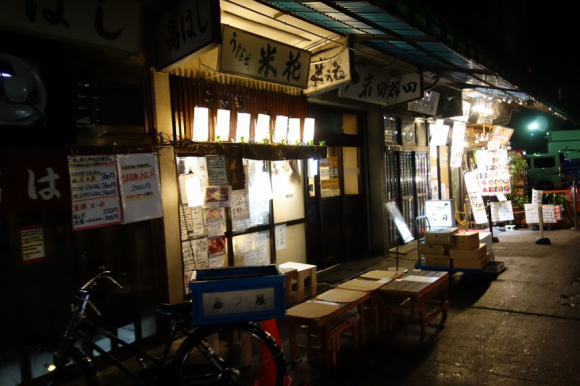

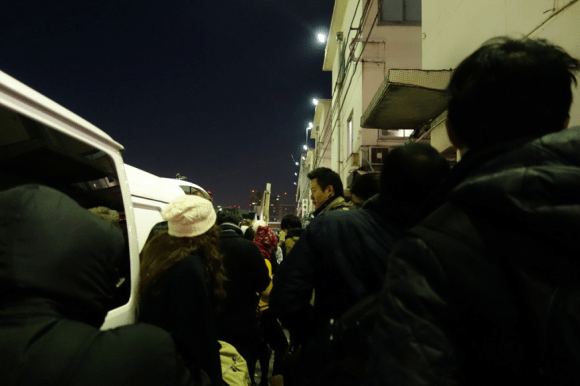
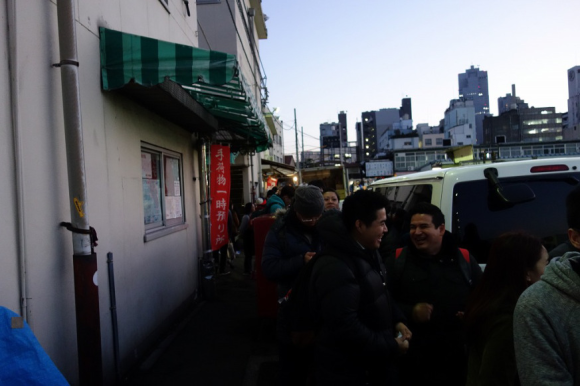
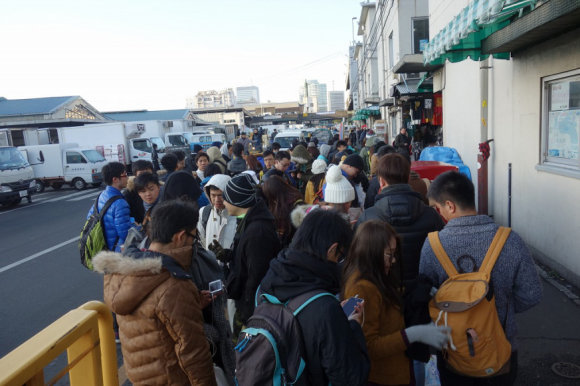
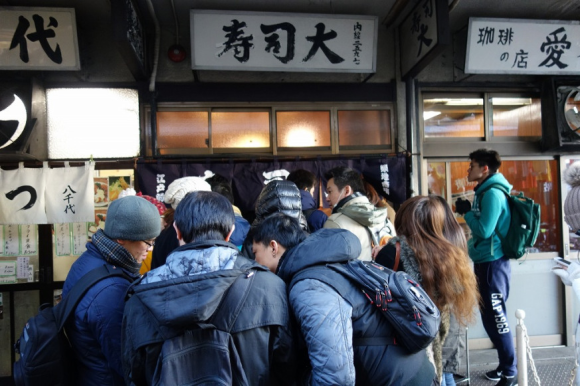
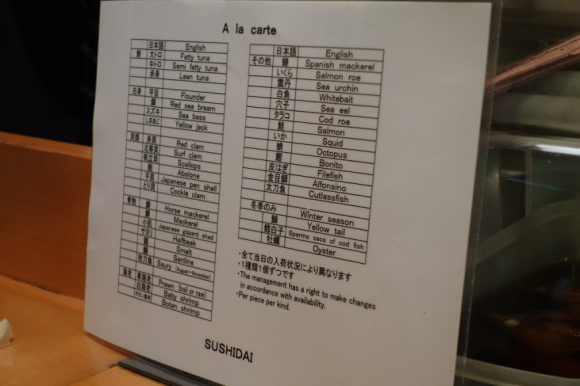

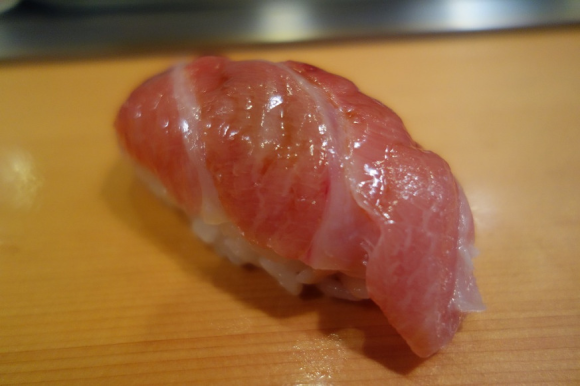
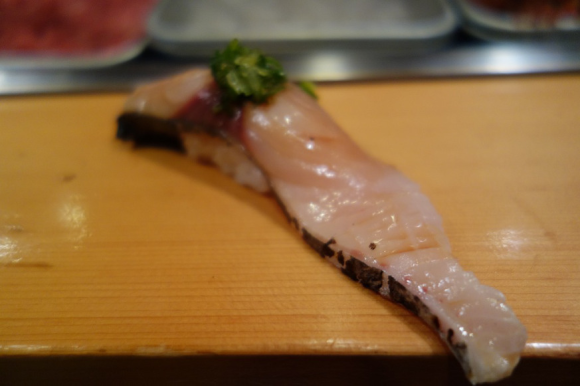
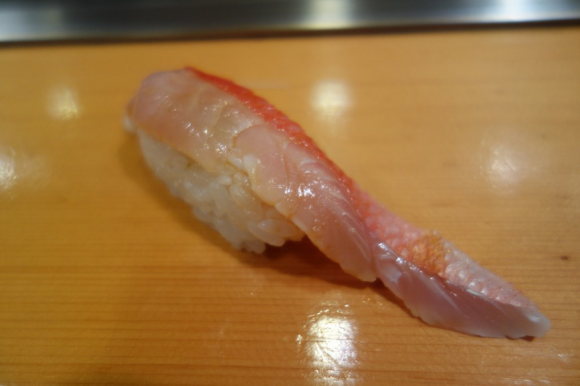
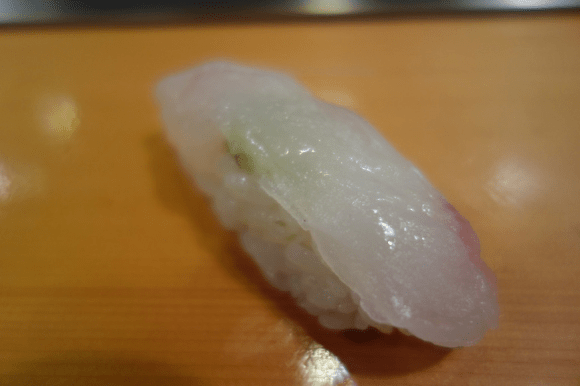

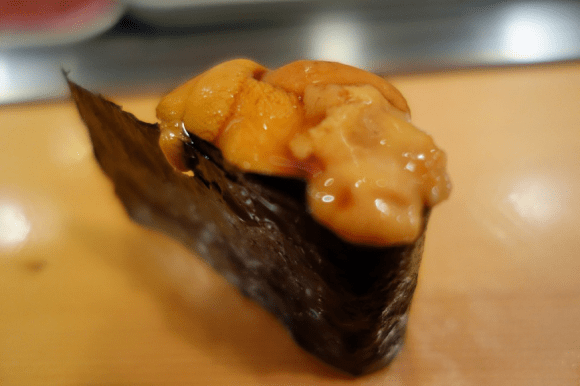
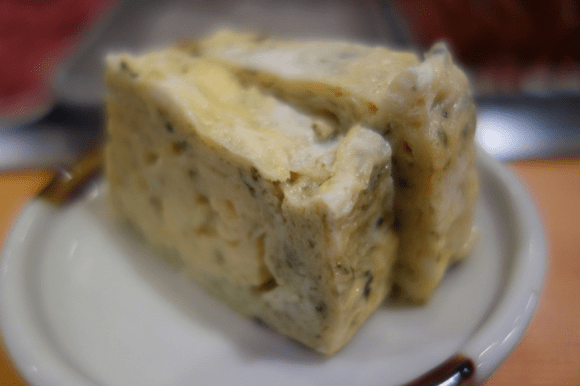
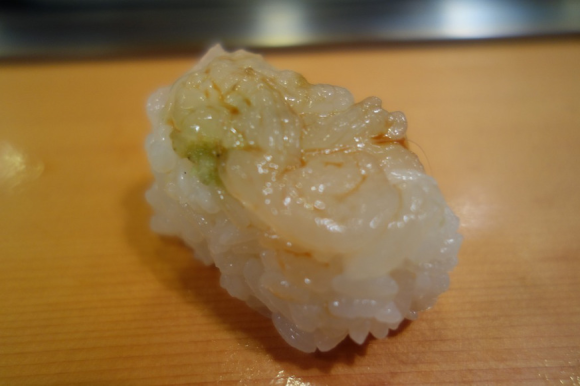
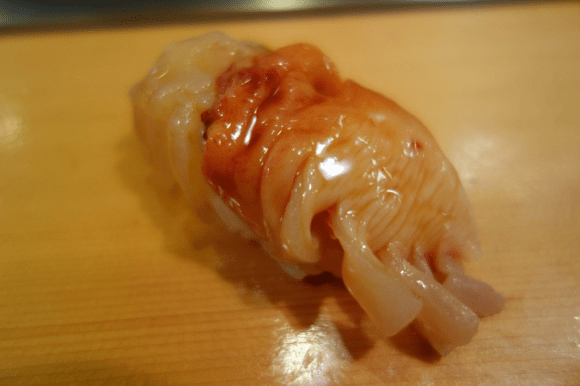
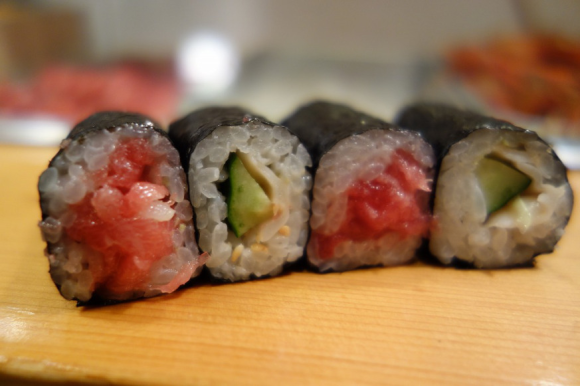
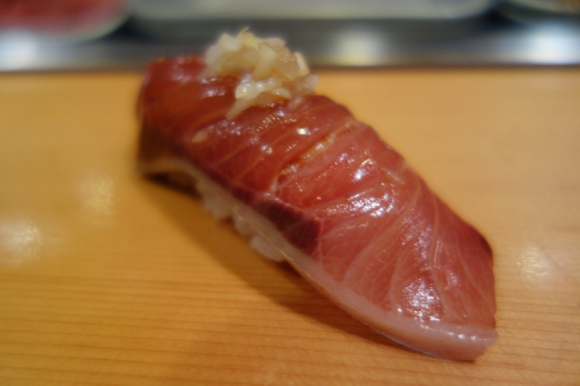
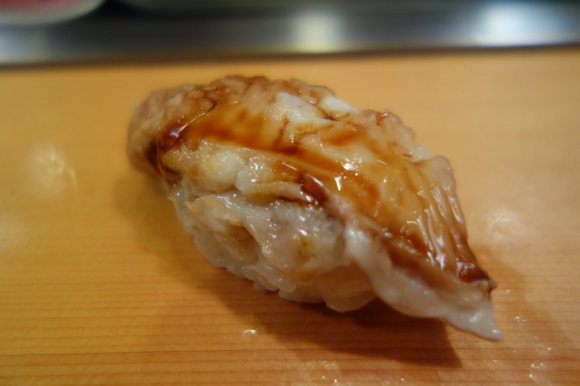
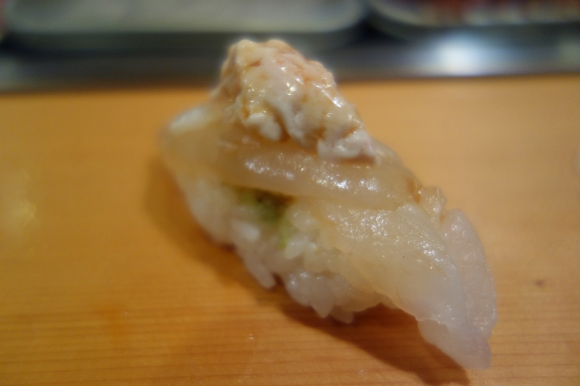
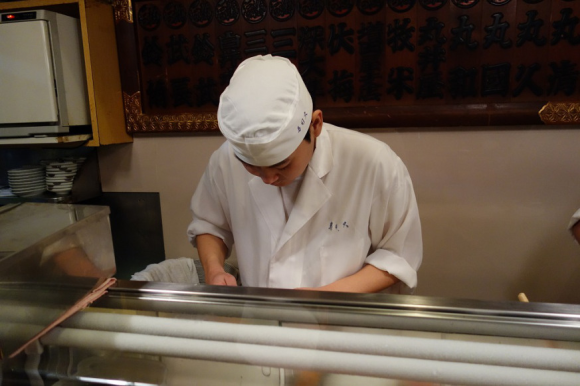
 Japan’s oldest sushi train serves up unorthodox Blueberry Cream Sushi
Japan’s oldest sushi train serves up unorthodox Blueberry Cream Sushi Tokyo has a BLUE sushi restaurant with all-you-can-eat BLUE sushi for just 400 yen (US$3.50)
Tokyo has a BLUE sushi restaurant with all-you-can-eat BLUE sushi for just 400 yen (US$3.50) Sushi Dai and other famous restaurants from Tsukiji fish market open at new Toyosu location
Sushi Dai and other famous restaurants from Tsukiji fish market open at new Toyosu location Our Japanese-born reporter gets some culture shock at Mexico City’s most popular sushi chain
Our Japanese-born reporter gets some culture shock at Mexico City’s most popular sushi chain Does how you dress affect what a sushi restaurant serves you? We experiment in Ginza
Does how you dress affect what a sushi restaurant serves you? We experiment in Ginza Foreigner’s request for help in Tokyo makes us sad for the state of society
Foreigner’s request for help in Tokyo makes us sad for the state of society Bad tourist manners at Mt Fuji Lawson photo spot prompts Japanese town to block view with screens
Bad tourist manners at Mt Fuji Lawson photo spot prompts Japanese town to block view with screens One of Japan’s oldest castles now lets travelers spend night on the grounds, drink in its keep
One of Japan’s oldest castles now lets travelers spend night on the grounds, drink in its keep McDonald’s Japan’s new pancake pie is a taste sensation
McDonald’s Japan’s new pancake pie is a taste sensation FUK COFFEE?!? Japanese cafe has a perfectly innocent reason for its startling-looking name
FUK COFFEE?!? Japanese cafe has a perfectly innocent reason for its startling-looking name Two things to do, and two things not to do, when leaving a traditional Japanese inn
Two things to do, and two things not to do, when leaving a traditional Japanese inn Studio Ghibli unveils massive T-shirt collection featuring top anime movie characters
Studio Ghibli unveils massive T-shirt collection featuring top anime movie characters Hatsune Miku comes to Magic: The Gathering with official crossover cards【Photos/Video】
Hatsune Miku comes to Magic: The Gathering with official crossover cards【Photos/Video】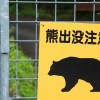 Bear attacks car in Japan, breaks windshield with its paw【Video】
Bear attacks car in Japan, breaks windshield with its paw【Video】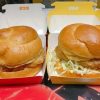 Who wins in a battle of McDonald’s and Komeda Coffee’s chicken tatsuta burgers?【Taste test】
Who wins in a battle of McDonald’s and Komeda Coffee’s chicken tatsuta burgers?【Taste test】 Japanese ramen restaurants under pressure from new yen banknotes
Japanese ramen restaurants under pressure from new yen banknotes Red light district sushi restaurant in Tokyo shows us just how wrong we were about it
Red light district sushi restaurant in Tokyo shows us just how wrong we were about it McDonald’s new Happy Meals offer up cute and practical Sanrio lifestyle goods
McDonald’s new Happy Meals offer up cute and practical Sanrio lifestyle goods Tokyo Tsukiji fish market site to be redeveloped with 50,000-seat stadium, hotel, shopping center
Tokyo Tsukiji fish market site to be redeveloped with 50,000-seat stadium, hotel, shopping center Japanese city loses residents’ personal data, which was on paper being transported on a windy day
Japanese city loses residents’ personal data, which was on paper being transported on a windy day Beautiful Red and Blue Star luxury trains set to be Japan’s new Hokkaido travel stars
Beautiful Red and Blue Star luxury trains set to be Japan’s new Hokkaido travel stars Ghibli Park now selling “Grilled Frogs” from food cart in Valley of Witches
Ghibli Park now selling “Grilled Frogs” from food cart in Valley of Witches New definition of “Japanese whiskey” goes into effect to prevent fakes from fooling overseas buyers
New definition of “Japanese whiskey” goes into effect to prevent fakes from fooling overseas buyers Our Japanese reporter visits Costco in the U.S., finds super American and very Japanese things
Our Japanese reporter visits Costco in the U.S., finds super American and very Japanese things All-you-can-drink Starbucks and amazing views part of Tokyo’s new 170 meter-high sky lounge
All-you-can-drink Starbucks and amazing views part of Tokyo’s new 170 meter-high sky lounge More foreign tourists than ever before in history visited Japan last month
More foreign tourists than ever before in history visited Japan last month New Pokémon cakes let you eat your way through Pikachu and all the Eevee evolutions
New Pokémon cakes let you eat your way through Pikachu and all the Eevee evolutions Disney princesses get official manga makeovers for Manga Princess Cafe opening in Tokyo
Disney princesses get official manga makeovers for Manga Princess Cafe opening in Tokyo We try out “Chan Ramen”, an underground type of ramen popular in the ramen community
We try out “Chan Ramen”, an underground type of ramen popular in the ramen community Sales of Japan’s most convenient train ticket/shopping payment cards suspended indefinitely
Sales of Japan’s most convenient train ticket/shopping payment cards suspended indefinitely Sold-out Studio Ghibli desktop humidifiers are back so Totoro can help you through the dry season
Sold-out Studio Ghibli desktop humidifiers are back so Totoro can help you through the dry season Japanese government to make first change to romanization spelling rules since the 1950s
Japanese government to make first change to romanization spelling rules since the 1950s Ghibli founders Toshio Suzuki and Hayao Miyazaki contribute to Japanese whisky Totoro label design
Ghibli founders Toshio Suzuki and Hayao Miyazaki contribute to Japanese whisky Totoro label design Doraemon found buried at sea as scene from 1993 anime becomes real life【Photos】
Doraemon found buried at sea as scene from 1993 anime becomes real life【Photos】 Tokyo’s most famous Starbucks is closed
Tokyo’s most famous Starbucks is closed One Piece characters’ nationalities revealed, but fans have mixed opinions
One Piece characters’ nationalities revealed, but fans have mixed opinions We asked a Uniqlo employee what four things we should buy and their suggestions didn’t disappoint
We asked a Uniqlo employee what four things we should buy and their suggestions didn’t disappoint Our Japanese-language writers taste and compare sushi from around the world
Our Japanese-language writers taste and compare sushi from around the world Yaizu: Japan’s best sushi market destination even most foodies in Japan have never heard of
Yaizu: Japan’s best sushi market destination even most foodies in Japan have never heard of This is what a 10,800-yen (US$100) Tokyo sushi boxed lunch looks like【Taste test】
This is what a 10,800-yen (US$100) Tokyo sushi boxed lunch looks like【Taste test】 David Beckham visits Japan with son Brooklyn, feasts on Japanese sushi and wagyu beef
David Beckham visits Japan with son Brooklyn, feasts on Japanese sushi and wagyu beef This restaurant’s US$0.45 sushi is an amazing way to expand your sushi horizons in Tokyo
This restaurant’s US$0.45 sushi is an amazing way to expand your sushi horizons in Tokyo I scream, you scream, we all scream at “Soft Susheam”
I scream, you scream, we all scream at “Soft Susheam” Japan develops special sushi for pregnant women
Japan develops special sushi for pregnant women Put down the soy sauce! We try a new “expert” way to season your sushi【Taste test】
Put down the soy sauce! We try a new “expert” way to season your sushi【Taste test】 Which Japanese conveyor belt sushi chain has the best egg sushi?【Taste test】
Which Japanese conveyor belt sushi chain has the best egg sushi?【Taste test】 We try a rotating sushi restaurant in New Delhi, are surprised to find no rotating sushi
We try a rotating sushi restaurant in New Delhi, are surprised to find no rotating sushi Do you really know how to eat sushi? Probably not!
Do you really know how to eat sushi? Probably not! Is it gross to eat sushi that the chef pressed with his bare hands?【Survey】
Is it gross to eat sushi that the chef pressed with his bare hands?【Survey】 21 photos of Sukiyabashi Jiro sushi, probably the best in all the world
21 photos of Sukiyabashi Jiro sushi, probably the best in all the world Funasshi’s unofficial mascot Satosshi grabs a pear burger and risks getting beaten up
Funasshi’s unofficial mascot Satosshi grabs a pear burger and risks getting beaten up Mr. Sato tries out Kappa Sushi’s salmon salad mountain, a fun dish available for only one week
Mr. Sato tries out Kappa Sushi’s salmon salad mountain, a fun dish available for only one week
Leave a Reply